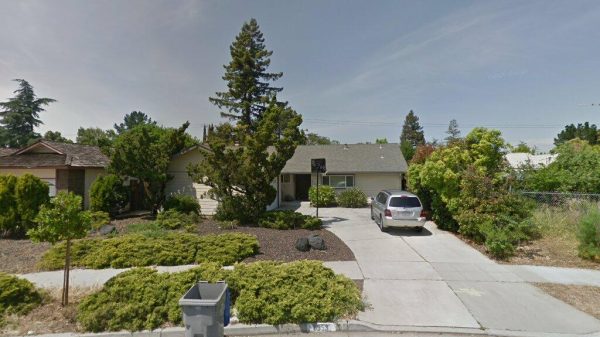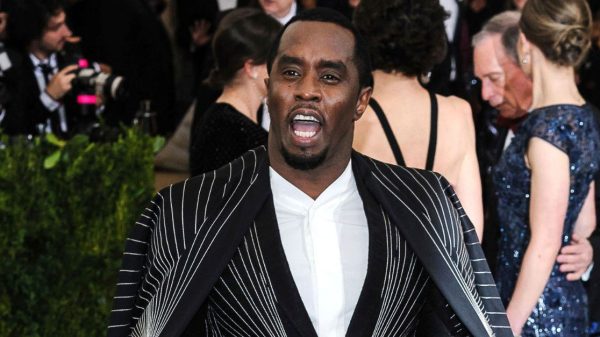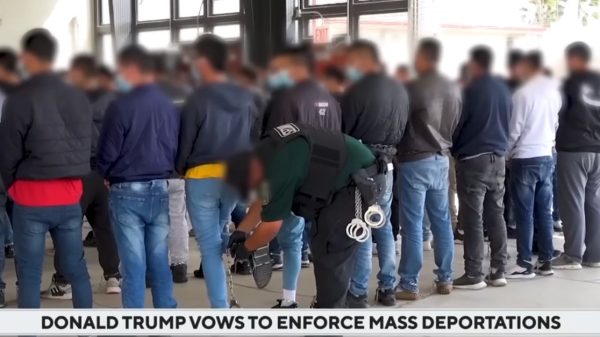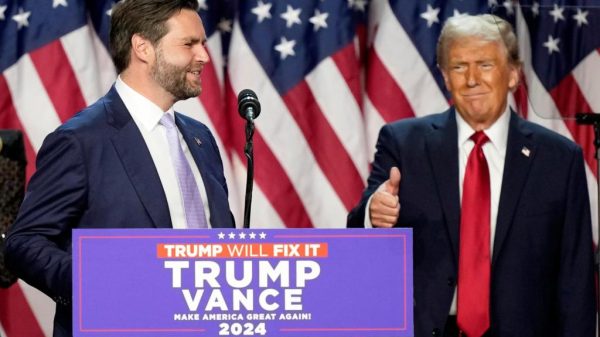
Jon Healey | (TNS) Los Angeles Times
President-elect Donald Trump’s victory should bring some clarity to Americans with student loans, but probably not in the way they’d hoped.
A flurry of Biden administration initiatives and court rulings against them have left millions of borrowers uncertain about their future payments. Many federal student loans, in fact, are stuck in a period of limbo with no monthly payments because the company servicing them can’t determine what the payments should be.
Trump has made his dislike for student debt relief clear, saying it’s unfair to borrowers and taxpayers who pay their debts in full. Further stirring uncertainty, Trump has said he’d like to eliminate the Department of Education — which oversees student loan policies — a goal shared by many Republicans.
The bottom line is that Biden administration efforts to ease debt burdens are likely to be swept away in short order. President Biden managed to forgive an enormous amount of debt for a huge number of borrowers during his term — about $175 billion in relief for nearly 5 million borrowers. But the pendulum is about to swing hard in the other direction.
Here is a rundown of where the major Biden student debt relief initiatives stand:
Current debt relief programs
In July 2023, the Education Department launched the first elements of its Saving on a Valuable Education repayment plan to cut payments and forgive low balances on federal student loans more quickly. Like several other repayment plans, SAVE allows borrowers to pay 10% of their discretionary income each month for 20 to 25 years, at which point their remaining balance would be forgiven.
But it raised the amount of income considered nondiscretionary by 50%, immediately lowering monthly payments, and forgave any interest that accrued while a borrower remained current. And starting in July 2024, it was set to slash payments dramatically, to 5% of discretionary income.
By mid-2024, 8 million borrowers had joined the SAVE plan. That’s when seven Republican state attorneys general sued. On Aug. 9 the 8th Circuit Court of Appeals published a ruling temporarily blocking the entire plan. In other words, no lower payments, no loan forgiveness.
According to a unanimous three-judge panel, the Education Department did not have the authority to expand the reach and cost of loan forgiveness so dramatically — a 3,000% increase, according to the panel — without explicit instructions from Congress.
Assuming the Trump administration abandons the SAVE plan, borrowers enrolled in it will have to shift to a different repayment plan with significantly higher monthly payments. In one example provided by the department, a single borrower earning $40,000 a year and owing $45,000 would see payments increase from $60 in the SAVE plan to $151, $227 or $349, depending on the plan chosen.
The panel’s ruling affected more than just the SAVE plan, however. The 8th Circuit’s ruling also calls into question the legal foundation for loan forgiveness in two other income-driven plans — Income-Contingent Repayment and Pay As You Earn. A future administration could decide that those borrowers still owe their unpaid balances, with interest, even after they’ve made the requisite number of monthly payments.
These borrowers could switch to other repayment plans where the legal basis for loan forgiveness hasn’t been challenged, although that could raise their costs.
The Education Department no longer allows borrowers to sign up for the ICR and PAYE plans, but they can still enroll in SAVE — even though monthly payments have been suspended at least until April 2025, according to the National Assn. of Student Aid Administrators. The Education Department says the loans in forbearance won’t accrue interest, but they won’t move any closer to forgiveness, either.
The ruling didn’t affect the Public Service Loan Forgiveness program, which extinguishes the loan balances of borrowers who work in government agencies or certain types of nonprofits for 10 years, and the Income-Based Repayment plans, which forgive loans after 20 to 25 years of payments (depending on when the borrower enrolled).
Trump sought to eliminate the public service forgiveness plan during his first term, but it would take an act of Congress to do so. The same is true for income-based repayment plans, which have the same statutory foundation: the College Cost Reduction and Access Act, which President George W. Bush signed into law in 2007.
Proposed blanket loan forgiveness
Shortly after the U.S. Supreme Court threw out Biden’s original proposal to offer blanket forgiveness of up to $20,000 in student debt, the Education Department started work on a less expansive proposal for blanket debt relief and debt reduction. The draft rules would have canceled the debts of borrowers who’d been making payments for at least 20 to 25 years and wiped out interest-related debt for certain borrowers, but like the SAVE plan, they were challenged by seven Republican state attorneys general, who argued that the department overstepped its authority.
A federal judge in Georgia temporarily blocked the rules two days after the lawsuit was filed. When that order expired, a federal judge in Missouri blocked it again.
Missouri’s Republican attorney general, Andrew Bailey, boiled down the plaintiffs’ argument against debt relief in a tweet: “This is a HUGE victory for every American who won’t have to pay someone else’s Ivy League debt,” Bailey wrote.
As with the litigation over the SAVE plan, the Education Department is expected to stop defending the draft rules under the Trump administration. Nor is it expected to stand behind a second element on the new forgiveness plan that’s still in development: a rule allowing the department to forgive debts when borrowers are in financial hardship and most likely to default within two years.
Loans already forgiven or modified
Experts say that borrowers who’ve already had their loans forgiven won’t be affected by the changes bought by the Trump administration. Also, many borrowers enrolled in Public Service Loan Forgiveness have moved significantly closer to the end of their payments, thanks to accounting adjustments ordered by the Biden administration.
Those adjustments, which included giving some borrowers credit for years spent in forbearance, were made in the name of correcting what the administration argued were record-keeping errors, bad management and predatory practices by the companies servicing federal student loans.
The same adjustments applied to other income-driven repayment programs, moving those borrowers closer to loan forgiveness. The 8th Circuit’s ruling, however, throws into doubt whether borrowers in the PAYE and ICR programs will ultimately be eligible for having their debts forgiven.
The possible end of the Department of Education
The president can’t kill a federal department unilaterally. That would take an act of Congress, along with a considerable amount of work figuring out which duties get taken over by other agencies and which ones get left to the states.
Abby Shafroth, co-director of advocacy for the National Consumer Law Center, said shifting management of the loan programs to the Treasury Department “would likely risk substantial disruption for borrowers just due to the logistics of making that change.” But any change in their repayment rights or options, she said, would depend on policy changes made through new laws or rules.
Natalia Abrams, president and founder of the Student Debt Crisis Center, said the bigger concern is the shift from an administration concerned about student debt burdens to one that’s not. She said her organization and other nonprofits met regularly with officials in the Biden and Obama administrations to get updates on student loans, but only once with the Trump administration.
Noting previous proposals from GOP leaders and conservative think tanks, Abrams said Republicans have shown their interest in overhauling loan programs and eliminating the opportunities for debt forgiveness, “which would just keep people in their student loan debt for decades to come.”
©2024 Los Angeles Times. Visit at latimes.com. Distributed by Tribune Content Agency, LLC.
Originally Published:

















































